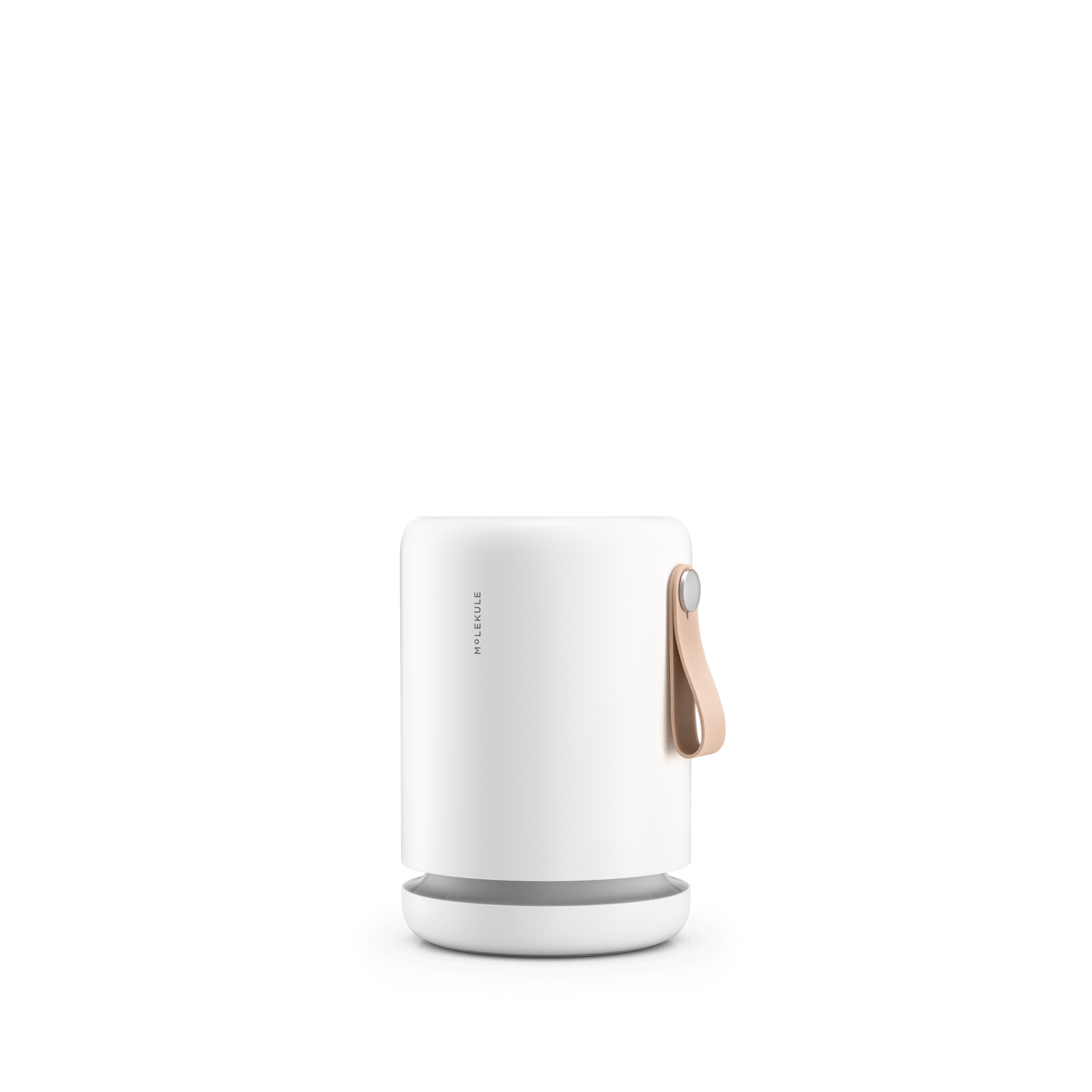If you are looking to reduce the concentration of indoor air pollutants within your home, you have very good reason for doing so: The Environmental Protection Agency (EPA) reports that there can be two to five times more pollutants within indoor air than outdoor air. The fact that we spend 90% of our time indoors simply makes the matter worse, especially if you or a family member suffers from an allergic respiratory disease.
So how do we go about improving the quality of indoor air at home? There are several simple and low-cost methods that we can take to enhance air quality and breathe easier indoors.
Common pollutants and allergens in a home
There are many allergens and contaminants hidden in the air that can cause allergies and other respiratory problems, either after being carried inside or after being released from indoor sources. According to the EPA, indoor air pollutants are classified into two categories: particulate matter and gaseous pollutants.
Particulate matter can include:
- Common allergens like pet dander, pollen, and dust
- Particles connected with small organisms like mold, viruses, bacteria, and dust mites
Particulate matter like pet dander is sticky and light and can accumulate in carpets, furniture, and bedding, or throughout whichever spaces your pet occupies. Other particulate matter like mold grows in bathrooms or any other humid or wet area and are spread throughout the air via tiny invisible spores. Dust mites can be found in upholstered furniture, carpet, curtains, and bedding, and are a common trigger for allergy or asthma symptoms.
Gaseous pollutants can include:
- Airborne gases (volatile organic compounds, or VOCs) from household products like adhesives, paints, or cleaning products; sources also include building materials and furnishings
- Combustion byproducts from tobacco smoke or gas cooking stoves
Formaldehyde, classified as a likely carcinogen by the EPA, is a well-known VOC that is found throughout building materials like plywood and paneling, as well as furnishings and cabinets. There is a wide variety of other VOCs that are emitted from household cleaners and materials, and it has been found that the concentration of VOCs is much higher inside than outside.
Low-cost steps for healthy air in a home
Now that you’re aware of some of the commons allergens and irritants that may be affecting your home environment, here are some ways to improve the air quality of your home without spending a lot of money.
1. Increase ventilation
One of the easiest ways to improve indoor air quality is to increase ventilation, provided the weather permits it and outdoor pollution levels are not high in your area. Cycling the air within the home, by opening windows or doors, using window or attic fans, or using a window air conditioner with an open vent control can increase the levels of outdoor air in the home, thereby reducing the concentration of indoor pollutants. It’s especially important to increase ventilation while engaging in activities that can produce a higher level of contaminants, such as painting, cooking, or cleaning.
2. Clean regularly
Especially for biological pollutants like animal dander, dust mites, and mold, it’s important to clean regularly. Vacuuming carpet and upholstery, washing bedding and soft toys in hot water, and repairing leaks or water-damaged areas are essential to prevent contaminant build-up.
3. Change your HVAC filters regularly
Many homes have a combined heating, ventilation, and air-conditioning or HVAC system, and it is important to change the furnace or screen filter regularly. If the HVAC filter is exposed to condensation, then mold growth is likely to develop and the HVAC system may then blow mold spores into the home, which is a significant health risk. The same is true of bacteria, which can spread throughout the air if conditions allow for microbial growth on the filter. Additionally, if you have pets in the home, it’s important to change the HVAC filters regularly so as to prevent the spread of the pet dander within the HVAC system’s ductwork. Another consideration is that a clogged and dirty filter will make the entire system much less efficient and waste energy.
Energy Star recommends checking the filter every month, especially during months of heavy use, like the winter or summer. If the filter appears dirty, then it should be changed. At a minimum, it is advised to change the filter every three months, a practice that can be commonly forgotten in a typical household.
4. Consider dust-mite proof covers
Dust mites are a common allergy trigger and thrive in warm and humid environments. According to allergist Dr. James Sublett, of the one in four Americans who have some type of allergy, about two-thirds of them are allergic to dust mites. Because a lot of time is spent sleeping, it’s important to prevent dust mites from accumulating within bedding. A New England Journal of Medicine study found that using special dust-mite covers on children’s mattresses and pillows helped to reduce their asthma symptoms.
The American Academy of Allergy, Asthma, and Immunology (AAAAI) recommends encasing mattresses, box springs, and pillows with allergen-proof fabric covers or airtight, zippered plastic covers. Additionally, bedding should be washed weekly in hot water and humidity levels kept low to reduce dust mite levels.
5. Check for radon with affordable test kits
Radon is a naturally occurring colorless, odorless gas that is the second-leading cause of lung cancer, and the EPA estimates that up to six million homes in the U.S. have elevated levels of radon. Beginning from 1988, the EPA and the Office of the Surgeon General have recommended testing for radon. The fastest way to test for radon is through short-term testing, which takes from two to 90 days to finish. Inexpensive radon test kits can be bought online or through other retail outlets.
Using these simple steps, you can greatly improve the air quality of your home without having to assume a great financial burden. Ultimately, with these measures, you can breathe easier and ensure a safer living environment for you and your family. To learn more about indoor air pollution and other steps you can take to combat it, click here.












